10-Day Transformation for Runners
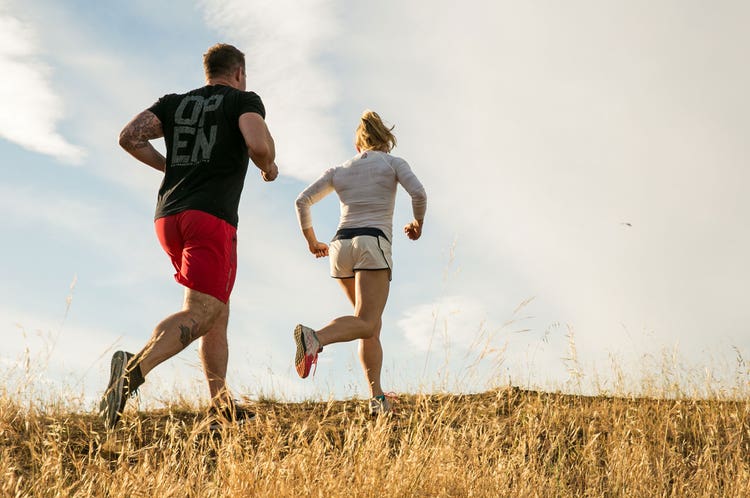
Novice or veteran, you’ll take to running (even more) with these moves.
So you think you’re a runner, or you want to be one? Even those who know their way around a half marathon can benefit from this 10-day movement program. Here’s a sneak preview—download the PDF for the full regimen, with illustrated instructions and two bonus moves for knee pain.
Day 1: THE COUCH STRETCH
Alternate legs and rounds. Perform 10 minutes total.
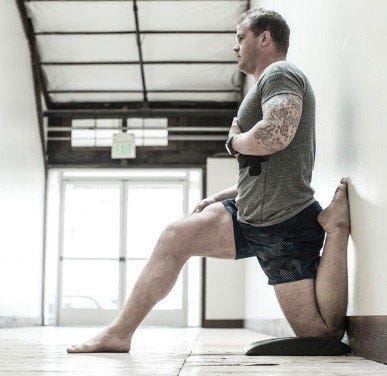
The couch stretch is a weapons-grade technique to open up the hip and open up some slack upstream of the knee. It can help alleviate some of the common types of knee pain that runners confront, like patella tendinitis (aka runner’s knee), and help resolve hip and back pain. Meeting this standard will support your mission to sustain good posture both in your running and as you go about your day.
Day 2: CALF SMASH AND PRESSURE WAVE
Alternate sides and rounds. Perform 10 minutes total.
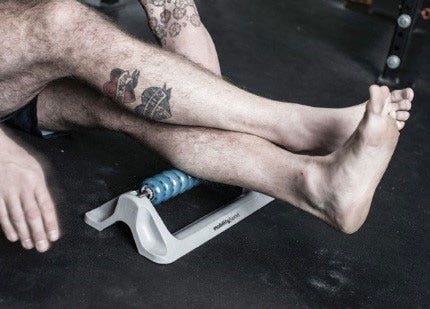
Working on your calves is a gnarly business. Runners know this—these muscles are short, abused and sensitive as hell. The calf smash is a good place to start, and it can be a nice mobilization to throw into your pre-run warm-up. Performing the calf smash will likely reveal tight patches and knots that you didn’t know you had. When you find those, swoop in with the pressure wave.
Day 3: CALF SMASH BONE SAW
Alternate legs and bouts. Perform 10 minutes total.
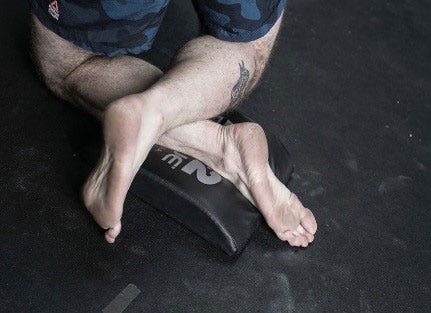
The bone saw is a potent way to work on your dorsiflexion range of motion and the fascial tissues within your feet and ankles. Don’t be surprised if you start sweating while you’re doing this mobilization—that’s your fascial tissues being challenged.
Day 4: TWO-BALL SMASH AND FLOSS
Do four minutes per side for eight minutes total.
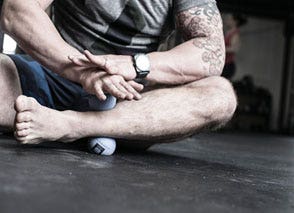
You’ll be working your shins in this mobilization, but keep in mind that this work also does wonders for your feet because the two are connected. Say goodbye to shinsplints!
Day 5: SHIN MAKEOVER—DOUBLE-BALL ANKLE SMASH AND STRIP
Do four minutes per side for eight minutes total.
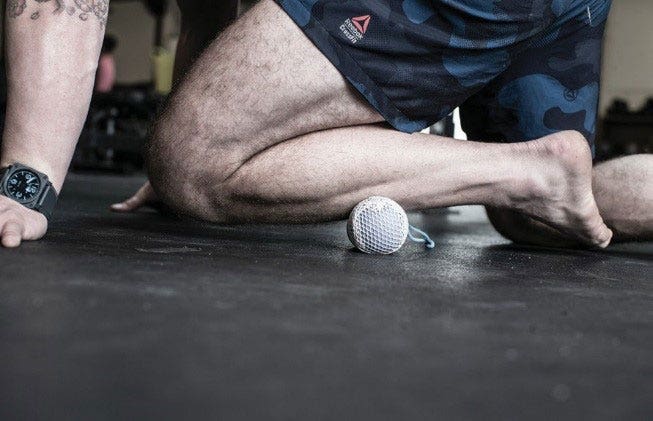
Although acute pain and aches from running can be expressed in the feet, an upstream problem is often the culprit. All the tissues that control the movement of your feet are contained in your lower leg. So if you have arch pain, don’t forget to create some slack by searching for trouble spots in your shins. This mobilization will dig in and let you know what’s going on.
Day 6: PLANTAR MOBILIZATION
Spend 10 minutes exploring your feet.
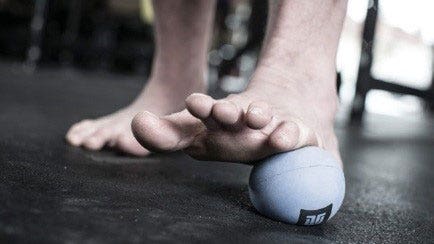
Using a ball, spend a few minutes working up and down the arch and around your foot. Simply apply pressure-wave motion using your body weight. Hunt down those messy little knots and spend some additional time working through that tissue. Are you watching “Game of Thrones”? It’s a good time to get in some plantar work, as well.
Day 7: ADDUCTOR SMASH
Spend 10 minutes total.
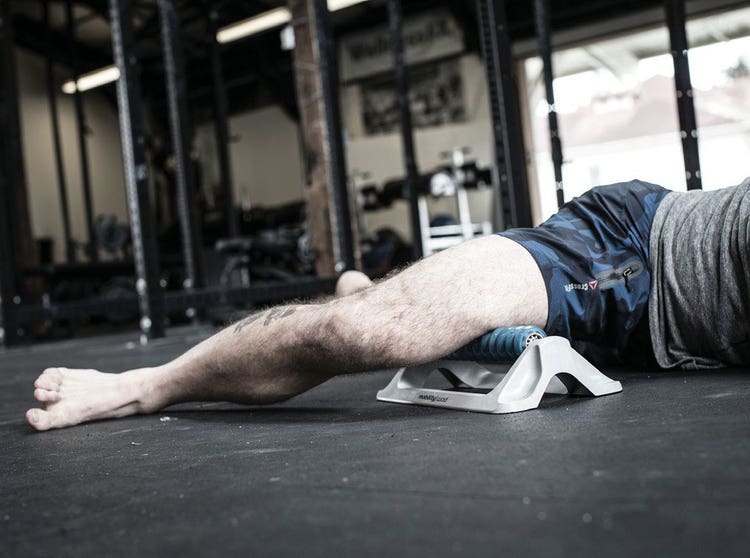
Your adductors are critical to achieving the stabilization you want to achieve each time one of your feet touches the ground. Runners tend to focus on the hamstrings, IT band and quads and blow off the adductors. Your adductors help stabilize your back, so putting in some regular maintenance on them is going to help you.
Day 8: ANTERIOR HIP SMASH
Spend 10 minutes total.
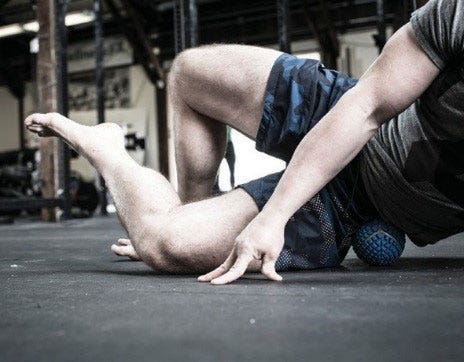
This mobilization is an excellent tool to aid you in your pursuit of the standards related to optimal hip function. It’s also a good way to alleviate lower-back pain.
Day 9: HAMSTRING FLOSS
Spend 10 minutes total.
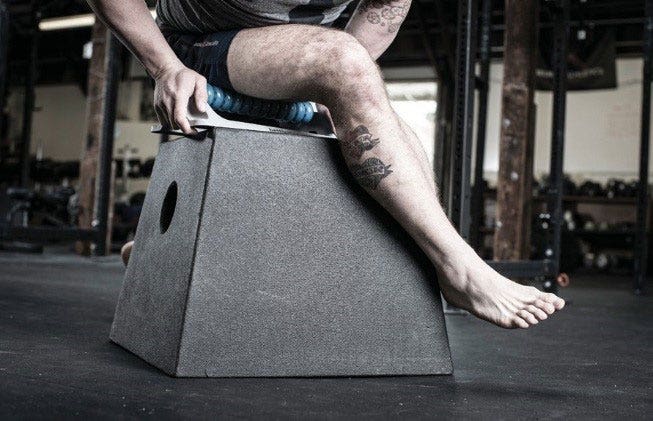
Hamstrings are a runner’s best friend, particularly if you’re using the powerful muscles of your posterior chain (which is how you should run). Note that hamstrings is plural: You have three muscles that work together to flex your leg. They all deserve your attention.
Day 10: PATELLAR SMASH AND FLOSS
Spend 10 minutes total.
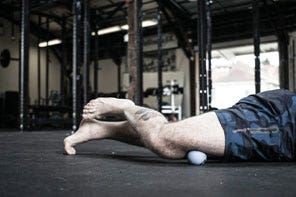
This mobilization can do wonders to release tightness that is being expressed as pain. Prone on the floor, use a ball and your body weight to un-mash the tissues around your kneecap.
Photo credit: Darren Miller Photography